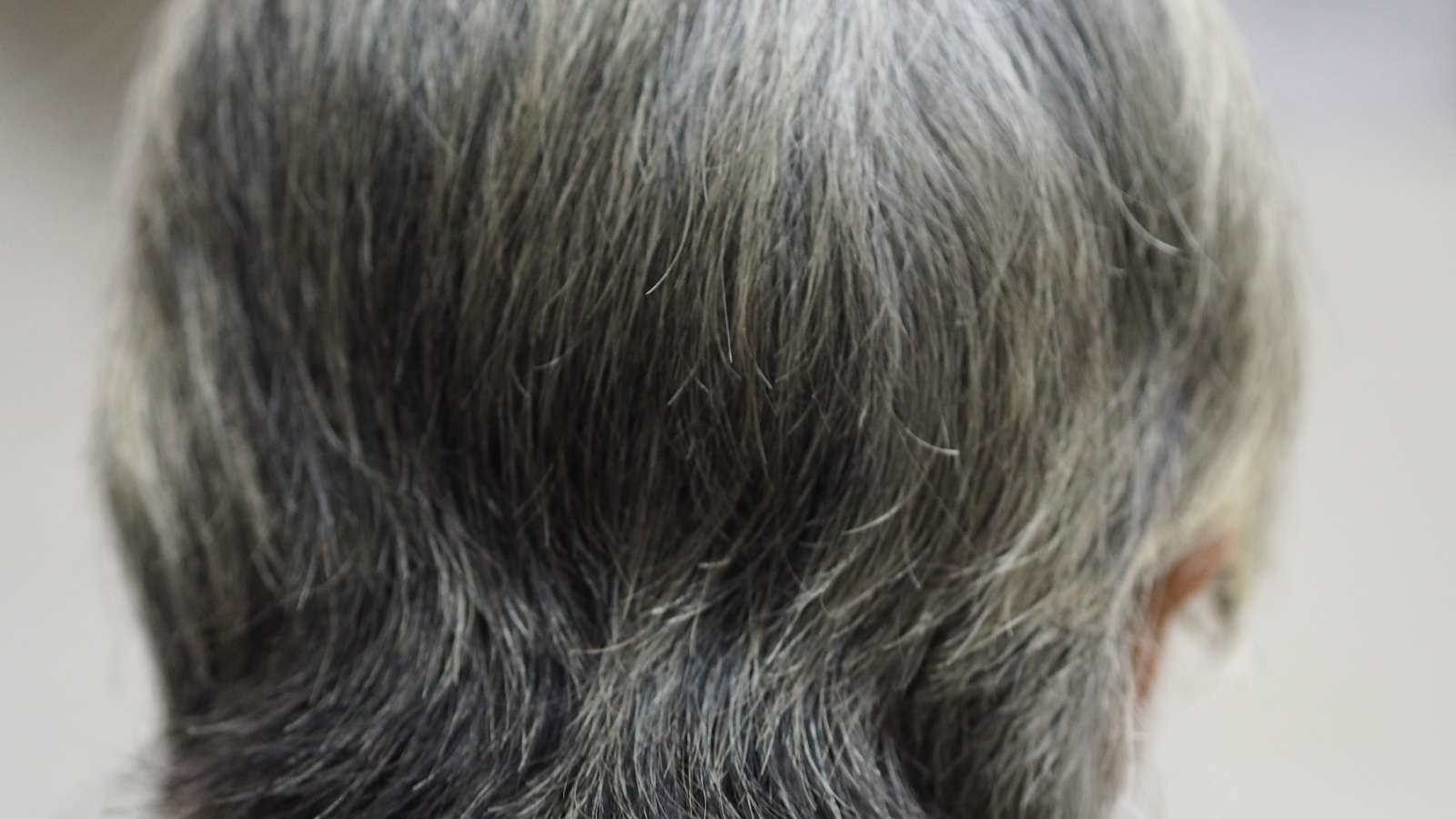Gallery: Futuristic 'Smart Textiles' Merge Fashion with Tech
The Future of Fashion
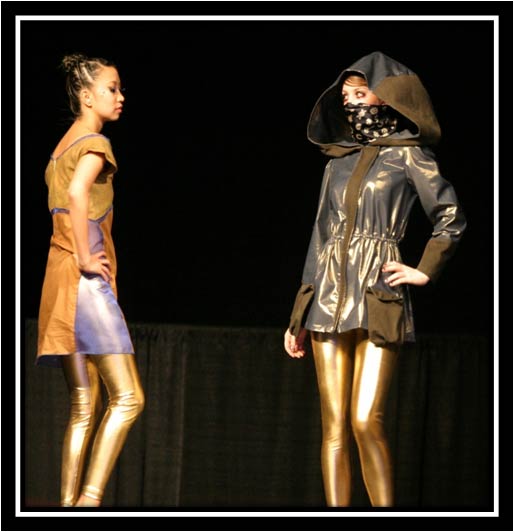
Fashion designers and engineers are collaborating to develop innovative "smart textiles," or garments that merge fashion and technology.These dresses were created in the Textiles Nanotechnology Laboratory at Cornell University in Ithaca, N.Y. The brown and blue dress on the left was produced without any pigments or dyes. The colors were created by coating cotton fibers with nanoparticles and manipulating the way matter and light interacts between the particles.
Wearable Charging Station
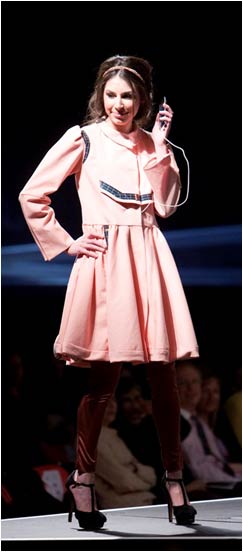
Abbey Liebman, a design student at Cornell University in Ithaca, N.Y., created a dress made with conductive cotton that can charge an iPhone via solar panels.
Up Close and Personal with Nylon
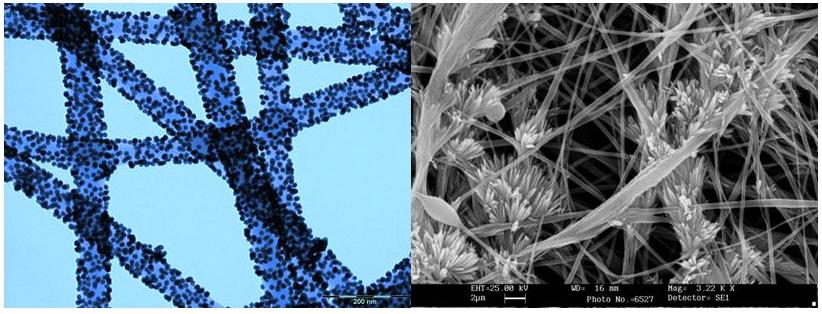
Nylon nanofibers coated with gold nanoparticles (left) and crystal formations (right). Researchers at the Textile Nanotechnology Lab at Cornell University in Ithaca, N.Y. are using nanoscience to create garments that can filter hazardous gases and industrial toxic chemicals.
Fashion with a Cause
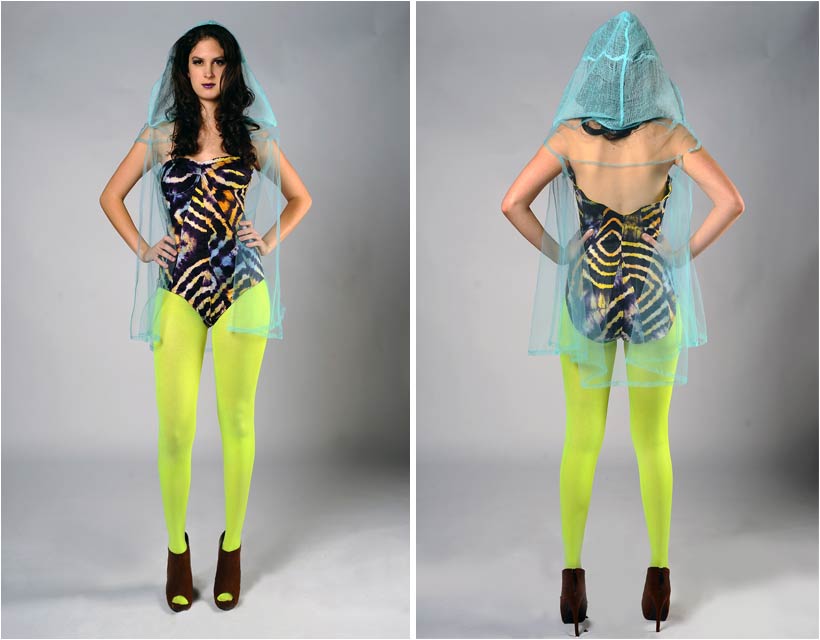
A wearable anti-malaria mosquito net capable of storing and releasing insecticides. The prototype was created at the Textile Nanotechnology Laboratory at Cornell University in Ithaca, N.Y.
Fiber Science and Nanotechnology
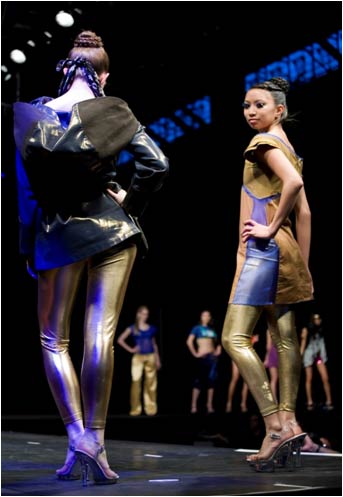
These two dresses, designed by Olivia Ong, were colored with nanoparticles and are capable of killing 99.9999% of bacteria. The dresses were created at the Textile Nanotechnology Lab at Cornell University in Ithaca, N.Y.
Transforming Cotton
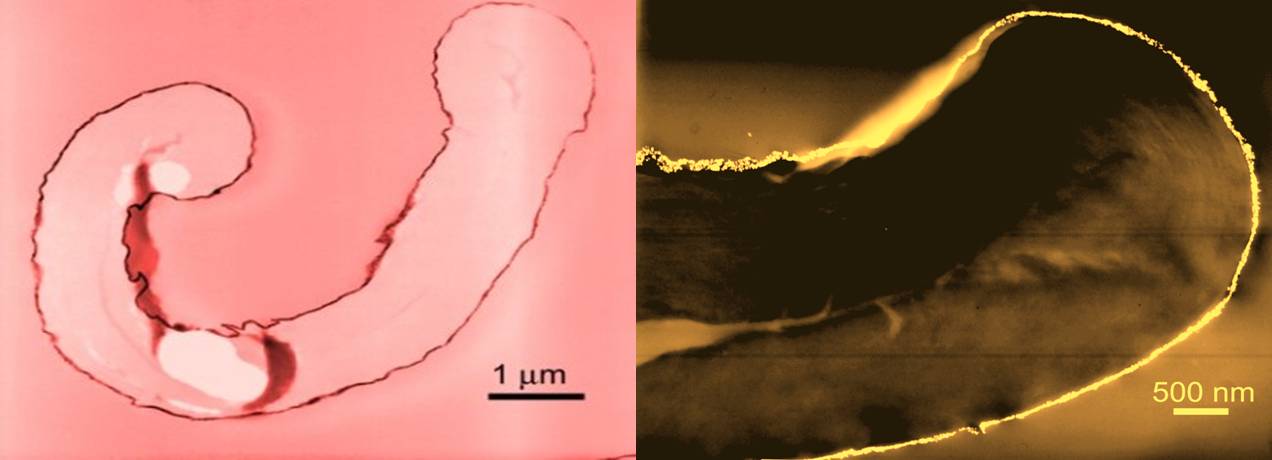
An image of cotton fibers coated with gold (left) and palladium (right) nanoparticles. Researchers are merging nanoscience and fashion design to color garments without using any dyes, and to add antibacterial properties to clothing.
Get the world’s most fascinating discoveries delivered straight to your inbox.

Denise Chow was the assistant managing editor at Live Science before moving to NBC News as a science reporter, where she focuses on general science and climate change. Before joining the Live Science team in 2013, she spent two years as a staff writer for Space.com, writing about rocket launches and covering NASA's final three space shuttle missions. A Canadian transplant, Denise has a bachelor's degree from the University of Toronto, and a master's degree in journalism from New York University.


